Big Buildings and Rich History in Seoul
Explore Seoul's majestic skyline and rich heritage on this free walking tour. I like big buildings, and this journey showcases them beautifully!
Time
3 Hours
Stops
9 Places
Distance
?
Gwanghwamun Square
Begin your tour at Gwanghwamun Square, a historic and cultural hub that features the iconic statue of King Sejong the Great, offering a glimpse into Korea's rich history.
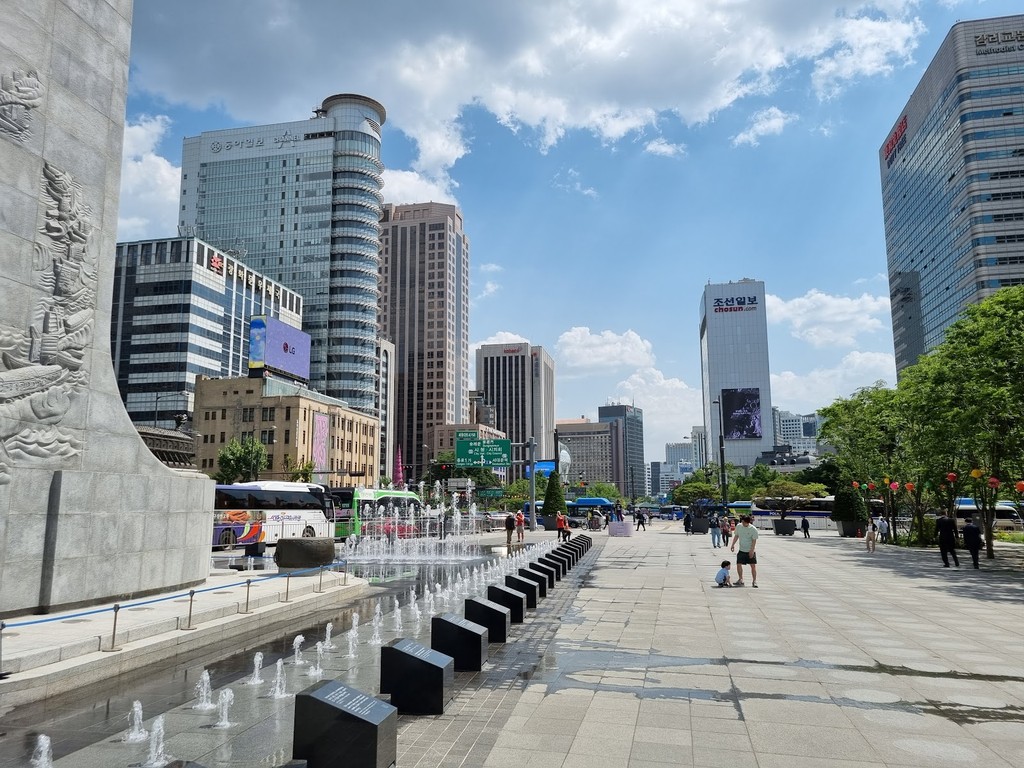
Gwanghwamun Square (Source: Google Maps)
Gwanghwamun Square serves as the heart of Seoul, featuring the iconic statue of King Sejong the Great. This square commemorates the achievements of the king, who created the Korean alphabet, Hangul, in the 15th century. The square is surrounded by significant government buildings and historical sites, reflecting the city’s cultural and political history. It is a popular gathering place for locals and tourists alike, often hosting events and exhibitions that celebrate Korean heritage. The square's design emphasizes openness and accessibility, encouraging a connection between the past and present.
Gyeongbokgung Palace
Just a short walk from the square, explore Gyeongbokgung Palace, Seoul's largest and most beautiful palace, showcasing traditional Korean architecture.

Gyeongbokgung Palace (Source: Google Maps)
Gyeongbokgung Palace is the largest of the Five Grand Palaces built during the Joseon Dynasty, constructed in 1395. This architectural marvel exemplifies traditional Korean design, featuring beautiful wooden structures and intricate details. The palace grounds include the National Palace Museum of Korea and the National Folk Museum, providing insights into Korea's royal history and culture. Gyeongbokgung is renowned for its changing of the guard ceremony, which attracts many visitors. The palace's name translates to 'Palace of Great Bliss,' reflecting the serene beauty of its gardens and architecture.
National Museum of Korean Contemporary History
Dive deeper into Korea's past at this museum located nearby, which provides a comprehensive overview of Korea's modern history.
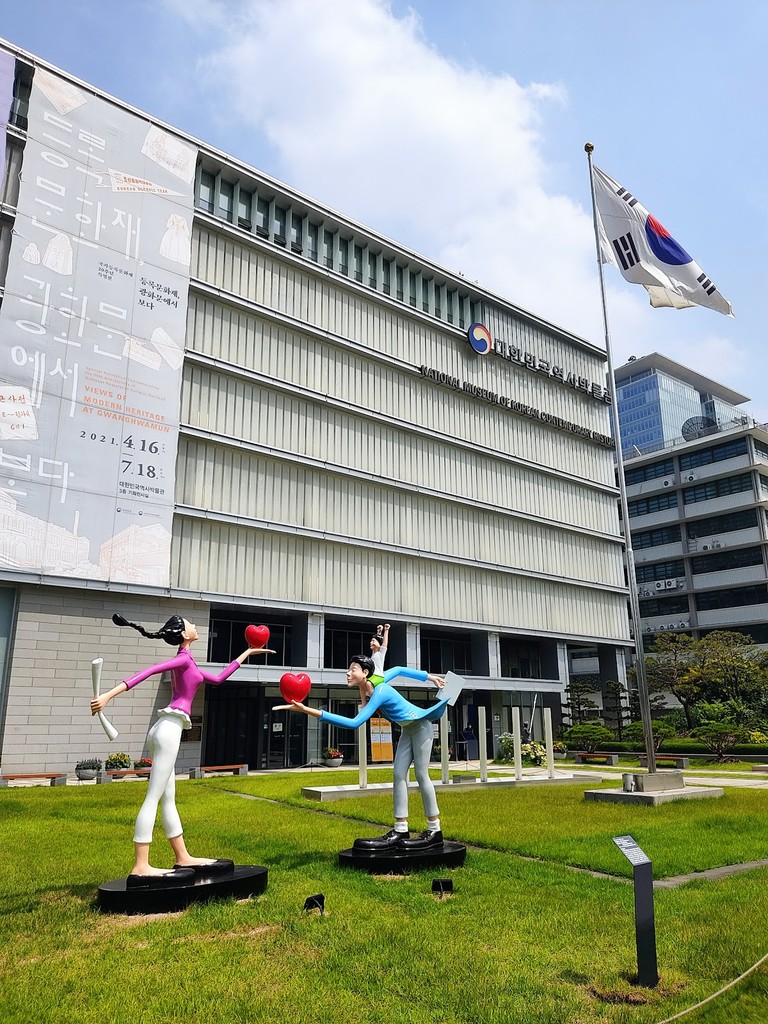
National Museum of Korean Contemporary History (Source: Google Maps)
The National Museum of Korean Contemporary History offers a deep dive into Korea’s modern past, from the late 19th century to the present. Its exhibits highlight significant events, cultural shifts, and the nation's development. The museum's mission is to educate visitors about Korea's transformation through historical artifacts, multimedia displays, and interactive experiences. It plays a vital role in preserving and promoting understanding of Korea’s contemporary history, making it an essential stop for those interested in the nation’s journey through modernization and globalization.
Cheonggyecheon Stream
Stroll along the Cheonggyecheon Stream, a serene urban park that offers a refreshing break and beautiful views of the surrounding skyscrapers.

Cheonggyecheon Stream (Source: Google Maps)
Cheonggyecheon Stream is a picturesque urban renewal project that flows through downtown Seoul. Originally a natural stream, it was covered over for decades before being restored in the early 2000s. The stream now offers a tranquil escape from the bustling city, lined with walking paths, art installations, and greenery. It plays a significant role in improving the urban environment, providing a habitat for wildlife and enhancing the quality of life for residents. Visitors can enjoy leisurely strolls, public art displays, and cultural events along the stream, making it a vibrant part of the city.
Seoul City Hall
Admire the architectural grandeur of Seoul City Hall, a stunning blend of modern design and historical significance.
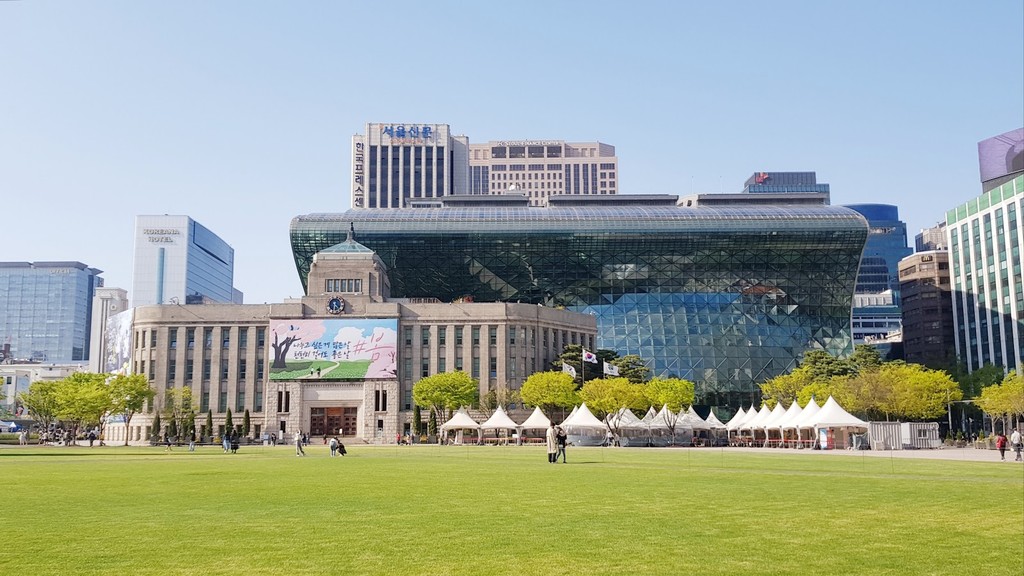
Seoul City Hall (Source: Google Maps)
Seoul City Hall is a striking architectural landmark that represents the city's blend of modernity and tradition. The original structure, built in 1926, was designed in a neoclassical style, while the new addition completed in 2012 showcases contemporary design with a glass façade. The building houses the Seoul Metropolitan Government and serves as a hub for civic engagement. Its design reflects the city's commitment to transparency and accessibility, featuring open spaces for public use. The City Hall’s location near major attractions makes it a focal point for both locals and tourists.
Deoksugung Palace
Visit Deoksugung Palace, known for its unique fusion of Western and traditional Korean architecture, located just a short walk away.
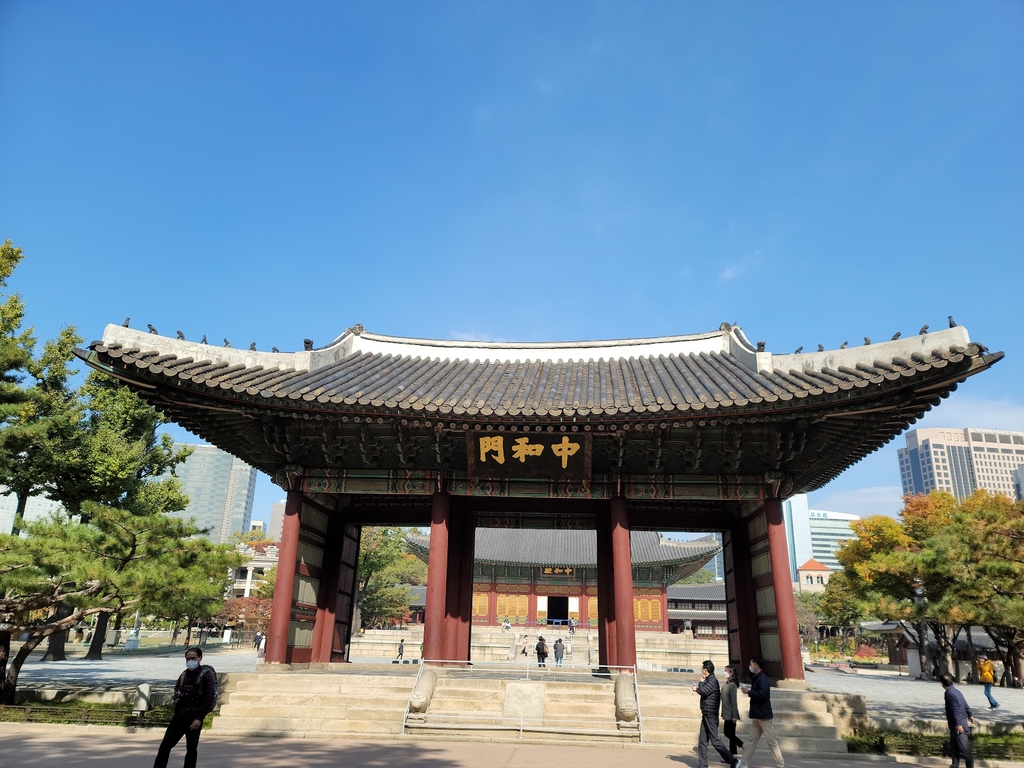
Deoksugung Palace (Source: Google Maps)
Deoksugung Palace is unique for its combination of Western and traditional Korean architectural styles, reflecting the dynamic history of Korea during the late Joseon Dynasty. Originally built as a royal villa, it became a palace in the 19th century. The palace grounds include beautiful gardens, historical structures, and the stunning stone-wall road that enhances its charm. Deoksugung is known for its changing of the guard ceremony, which draws crowds eager to witness this tradition. The palace stands as a testament to Korea's cultural heritage and the influence of modernization.
Namdaemun Gate
Head to Namdaemun Gate, a historic gateway and one of the oldest surviving wooden structures in Seoul, representing the city’s ancient heritage.
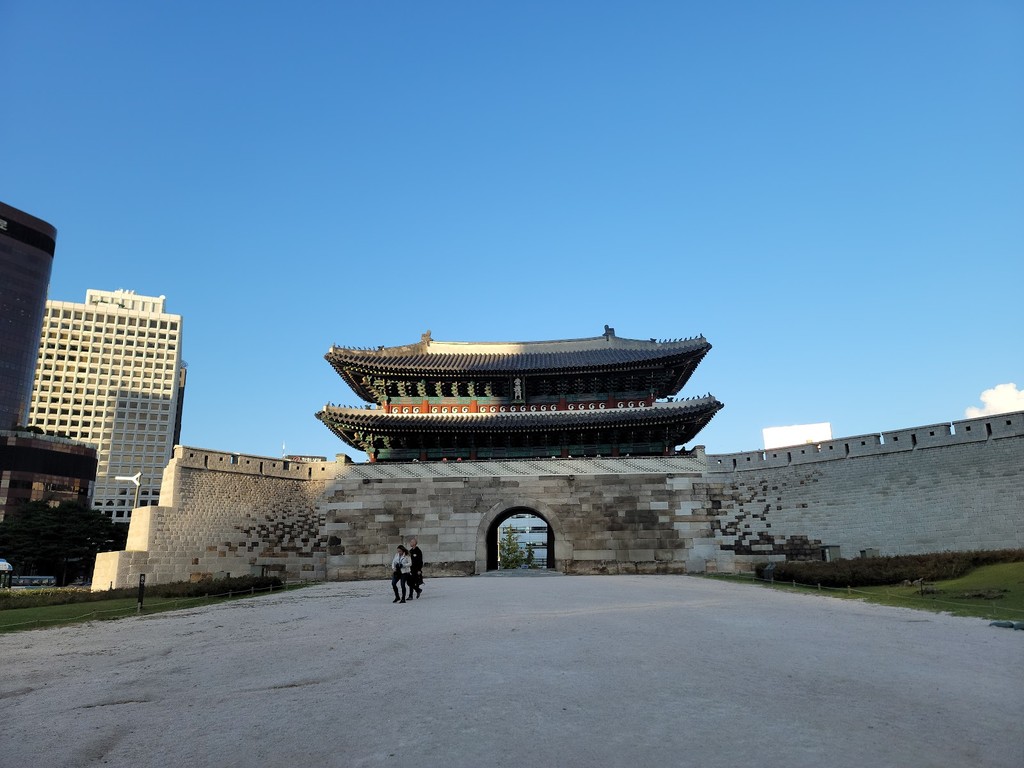
Namdaemun Gate (Source: Google Maps)
Namdaemun Gate, also known as Sungnyemun, is one of the oldest and most significant structures in Seoul. Built in the 14th century, it served as the main southern gate of the city during the Joseon Dynasty. The gate reflects traditional Korean architecture, with its wooden structure and stone base. It symbolizes the historical importance of Seoul as a cultural and political center. Despite suffering damage from a fire in 2008, it has been meticulously restored and stands as a testament to the resilience of Korean heritage. Namdaemun Gate is a National Treasure of South Korea.
N Seoul Tower
Conclude your tour at N Seoul Tower, located on Namsan Mountain, offering panoramic views of Seoul's skyline and a perfect spot for photography enthusiasts.
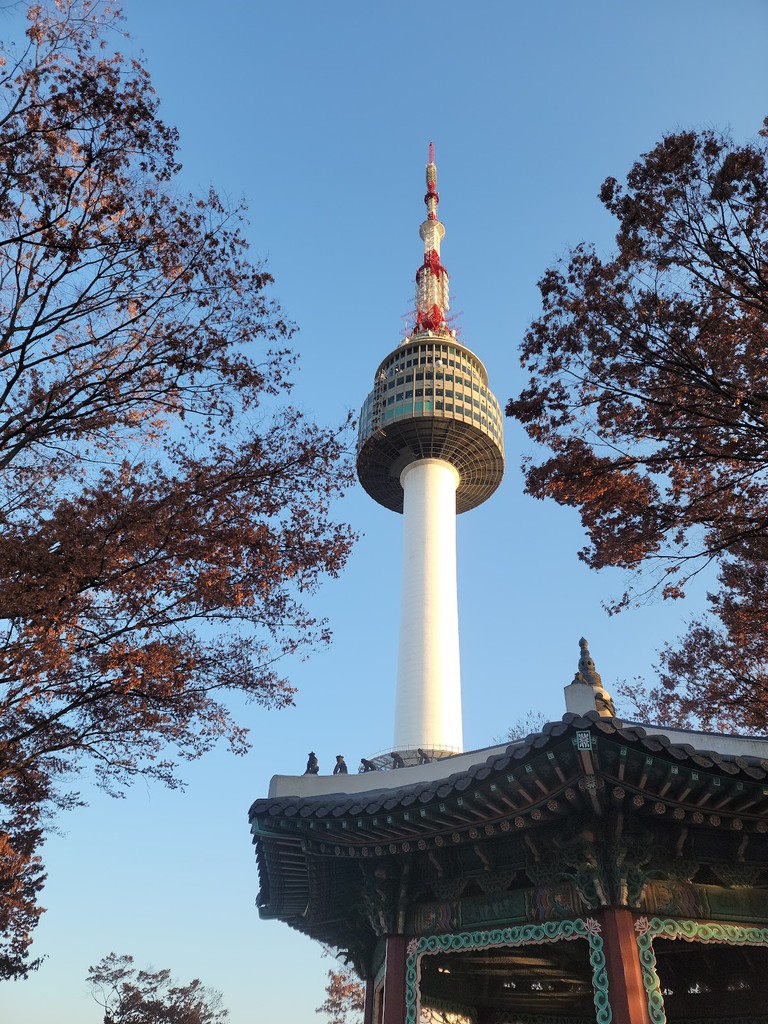
N Seoul Tower (Source: Google Maps)
N Seoul Tower, located atop Namsan Mountain, is a prominent symbol of Seoul’s skyline, offering breathtaking panoramic views of the city. Opened in 1980, the tower stands at 236 meters tall and features an observation deck that provides stunning vistas, especially at sunset. The tower is not only an observation point but also a cultural space, hosting various exhibitions and events. It is a popular spot for couples, who often place 'love locks' on its fences. The tower’s significance extends beyond its height; it embodies the spirit of modern Seoul, blending technology and nature.
Namsan Seoul Tower Observatory Cafe
Relax and enjoy refreshments at the Namsan Seoul Tower Observatory Cafe, which provides a perfect end to your tour with stunning views.
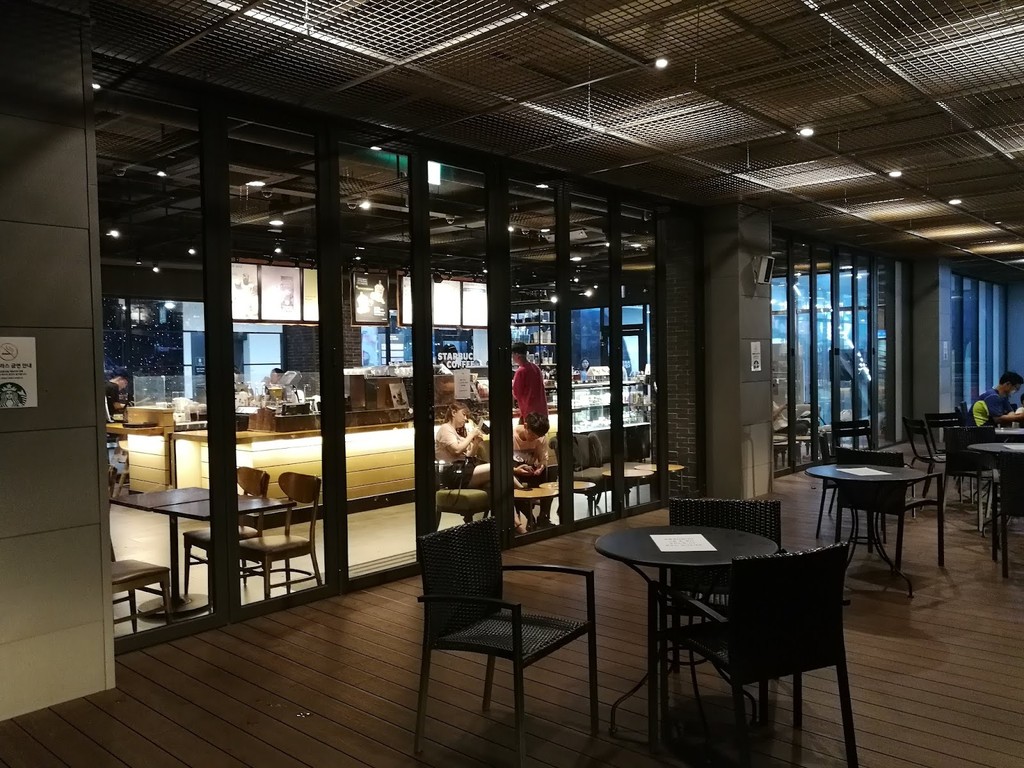
Namsan Seoul Tower Observatory Cafe (Source: Google Maps)
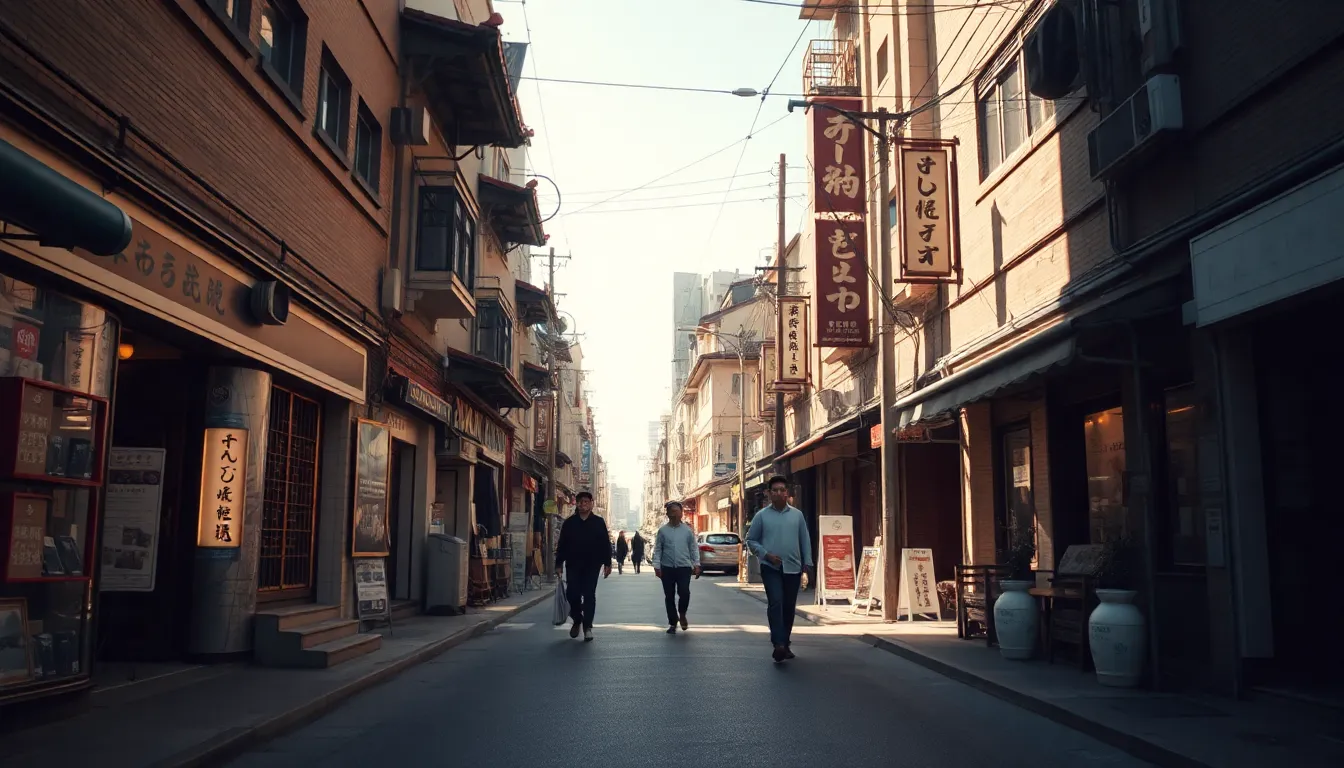
Your travels, your rules.
Create your own Free Walking Tours.
Set your preferences, distances and anything you want to do or see.
Completely free, no payment required.